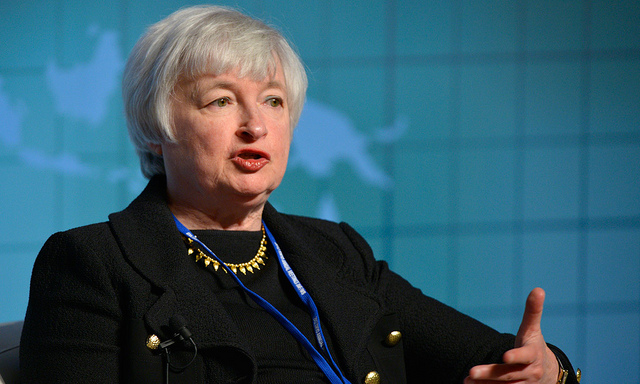The summer, while investors turned their attention to the Democratic National Convention in Philadelphia, the Republican National Convention in Cleveland, the Olympics in Brazil trading has been light.
But what can be expected for the rest of the year? According to Edward J. Perkin, Chief Equity Investment Officer at Eaton Vance Management, “the second half of the year is chock full of likely market catalysts, including potential Brexit fallout, the upcoming presidential election, Fed meetings and more. Against this uncertain backdrop, we continue to believe that equity investors should remain focused and opportunistic.”
For the specialist these are the dates to keep in mind:
September
September is likely to be a busy month. Post-Labor Day is when many voters will begin to pay close attention to the presidential election. Having skipped August, the Fed will meet again on September 21 to make a decision on rates.
There are also a large number of industry conferences, where company management teams will give updates on their businesses. One of these, the “Back to School” conference, held each year in Boston, involves the largest consumer companies.
September is also important in that it is the third month of the quarter. Many companies have “blackout” periods in the final weeks of each quarter and into the early part of the next quarter, when they report earnings. During these blackout periods, companies suspend their share buyback programs in order to avoid accusations of trading on material, nonpublic information. Given how important corporate buybacks have become to the market, this temporary removal of demand for equities has coincided with several of the market’s pullbacks in the past two years.

October
Like July, October is a busy month for corporate earnings releases. With three quarters of the year complete, companies and investors will begin to think about 2017 and the trajectory of earnings into the approaching year. We will likely have a presidential debate in October, perhaps the only debate of this cycle. Television ratings may well set records.
November 8 – Election Day
At the November 2 Fed meeting, Janet Yellen and her colleagues are likely to take no action in order to avoid roiling markets six days prior to Election Day. We expect the market to be focused on the election throughout the summer and into autumn. If the likely result appears clear, Election Day may not produce much of a market reaction. Regardless of who wins the presidency, the equity market may prefer to see the same party capture the House of Representatives and the Senate. The reasoning would be that a new president will be more effective if he/she has the support of Congress.
Under either party, increased fiscal stimulus in 2017 seems likely. This could include corporate tax reform (lowering rates, reducing deductions and encouraging companies to repatriate overseas cash) and an infrastructure spending bill. If modest regulatory relief is also part of the agenda, then the economic outlook for 2017 may be stronger than many currently believe.
November 30 – OPEC meeting in Vienna
OPEC typically meets twice a year, with its next meeting to be held six days after Thanksgiving. At its November 2014 meeting, OPEC surprised global oil markets by maintaining an elevated level of production, which exacerbated the already-falling price of crude. “We expect supply and demand to continue to rebalance between now and the end of 2016. A production cut at the November meeting would be supportive of oil prices, but is unlikely, in our view.” He notes.
December 14 – Final Fed meeting of 2016
In December 2015, the Fed raised the federal funds rate by 0.25%, which led, in part, to market volatility in early 2016. The expectation at the beginning of 2016 was that the Fed had embarked on a path to normalize the level of interest rates. In the first half of the year, however, the Fed failed to follow through with further rate increases. The market has begun to doubt the Fed’s will: At around midyear, the implied probability of a rate increase on or before the December 14 meeting stood at less than 11%.
December is also the month when many investors choose to conduct tax loss harvesting, selling losers in their portfolios to take advantage of the tax benefit that comes from booking the loss before the end of the year. This activity sometimes puts further pressure on stocks that have performed poorly earlier in the year.
Stay focused and opportunistic
The second half of 2016 is full of potential catalysts – including not only the specter of further Brexit turmoil, but also Fed meetings, a presidential election, corporate earnings and incoming economic data. There will likely be a few surprises along the way. “In our equity portfolios at Eaton Vance, we are staying focused on the long-term prospects of our holdings and will look to take advantage of any opportunities thrown our way by the uncertainty of these events.” He concludes.



 For Fórmate a Fondo
For Fórmate a Fondo